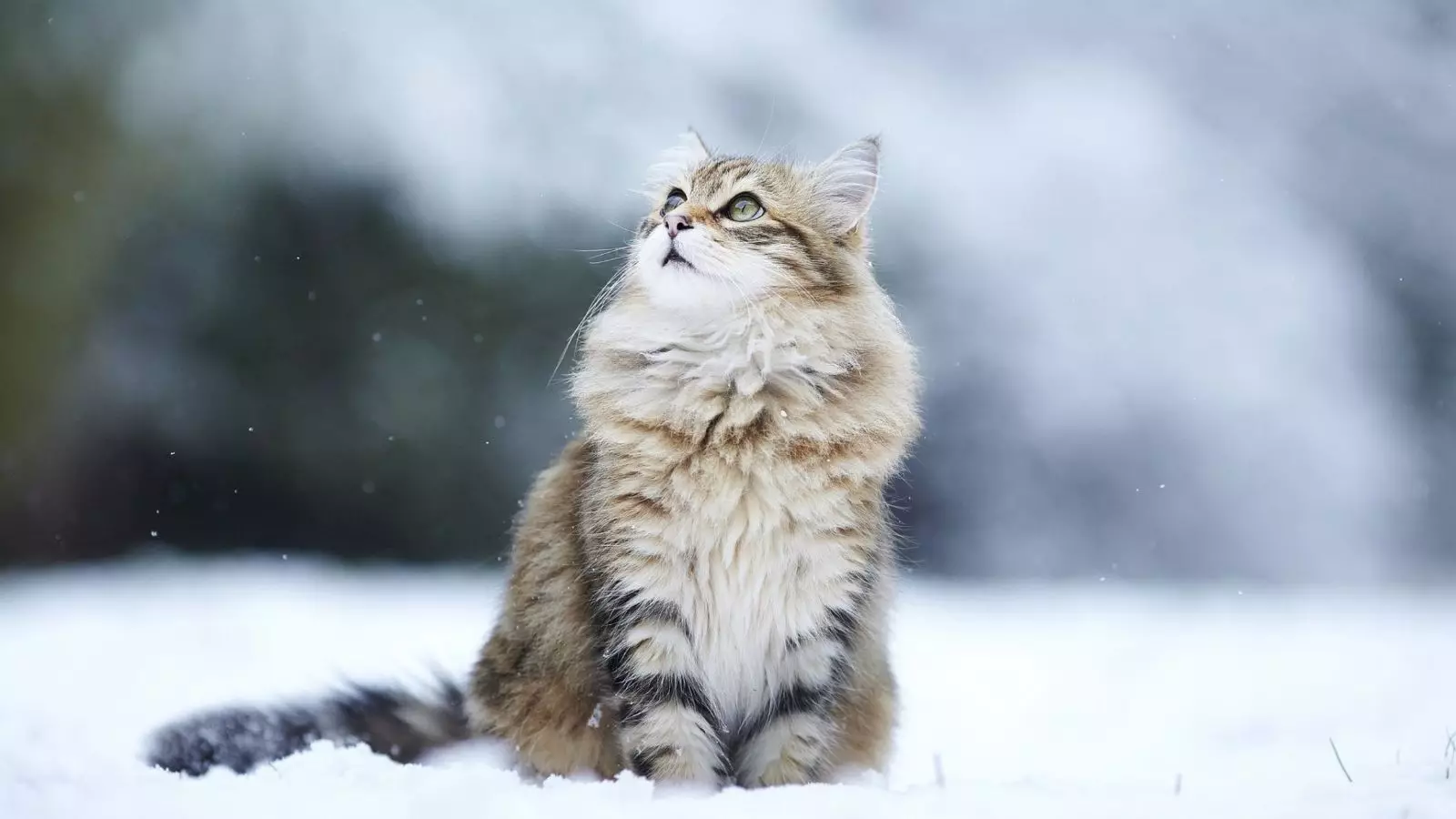As temperatures drop, pet owners must recognize the unique vulnerabilities faced by their feline companions. Unlike humans who can easily dress for the cold, cats rely on us to provide safe environments that protect them from harsh winter conditions. While most cats instinctively seek warm spots in the home, certain demographics—like kittens, seniors, or pets with existing health issues—require additional vigilance and care. Therefore, it’s crucial for cat owners to arm themselves with knowledge to safeguard their pets during these frosty times.
Exploration and Supervision: A First Encounter with Snow
For many cats, experiencing snow can be a delightful but bewildering adventure. To ensure their safety during this first encounter, it’s essential to create a controlled environment for them to explore. A fenced yard or a secure indoor space where they can safely engage with the snow can help curtail the inherent risks of the outdoors in winter. Accompanying them during this exploration not only provides protection from any unforeseen dangers but also allows for a shared moment of discovery that can enhance your bond with your cat.
Paw Care: The Often Overlooked Necessity
Once your cat returns from their snowy escapades, proper paw care is paramount. Road grit, salt, and compacted snow can accumulate on their paws, leading to discomfort or injury. Gently wiping their paws with a damp cloth is a simple yet effective way to remove harmful debris. Furthermore, owners must be vigilant for signs of frostbite, especially in extremities like ears and toes. Any signs of skin discoloration or swelling should prompt a visit to the veterinarian, as these can indicate more severe conditions requiring immediate attention.
Creating a Safe Indoor Environment
As night falls and temperatures dip further, keeping your cat indoors becomes even more critical. The risk of accidents from road traffic increases significantly during nighttime, and indoor safety measures must be implemented. Ensure that all potential hiding spots, such as sheds or garages, have secure exits, potentially via cat flaps that allow for easy access while preventing entrapment. Regular checks for blockages, such as ice accumulation or snow buildup, can prevent mishaps.
Managing Joint Pain and Sheltering in Place
The cold can exacerbate arthritis in older cats, making it crucial to provide easily accessible warm and cozy resting spots. Cats thrive on warmth, so promoting a soft, heated bed can make a significant difference in their comfort and mobility during colder spells. Certain areas of the home can be designated as warm zones, using blankets and bedding to create inviting snuggle spots.
Moreover, if you have a fireplace, be sure to supervise your cat closely. While the warmth is enticing, it’s essential to have screens or barriers to prevent accidents, ensuring that your cat’s exploration remains safe and enjoyable.
Creating an accommodating winter lifestyle for our cats isn’t just about keeping them warm; it’s about considering their overall well-being and comfort. By taking thoughtful measures and proactive steps, cat owners can foster an environment that allows their beloved pets to thrive, even in the chill of winter.


Leave a Reply